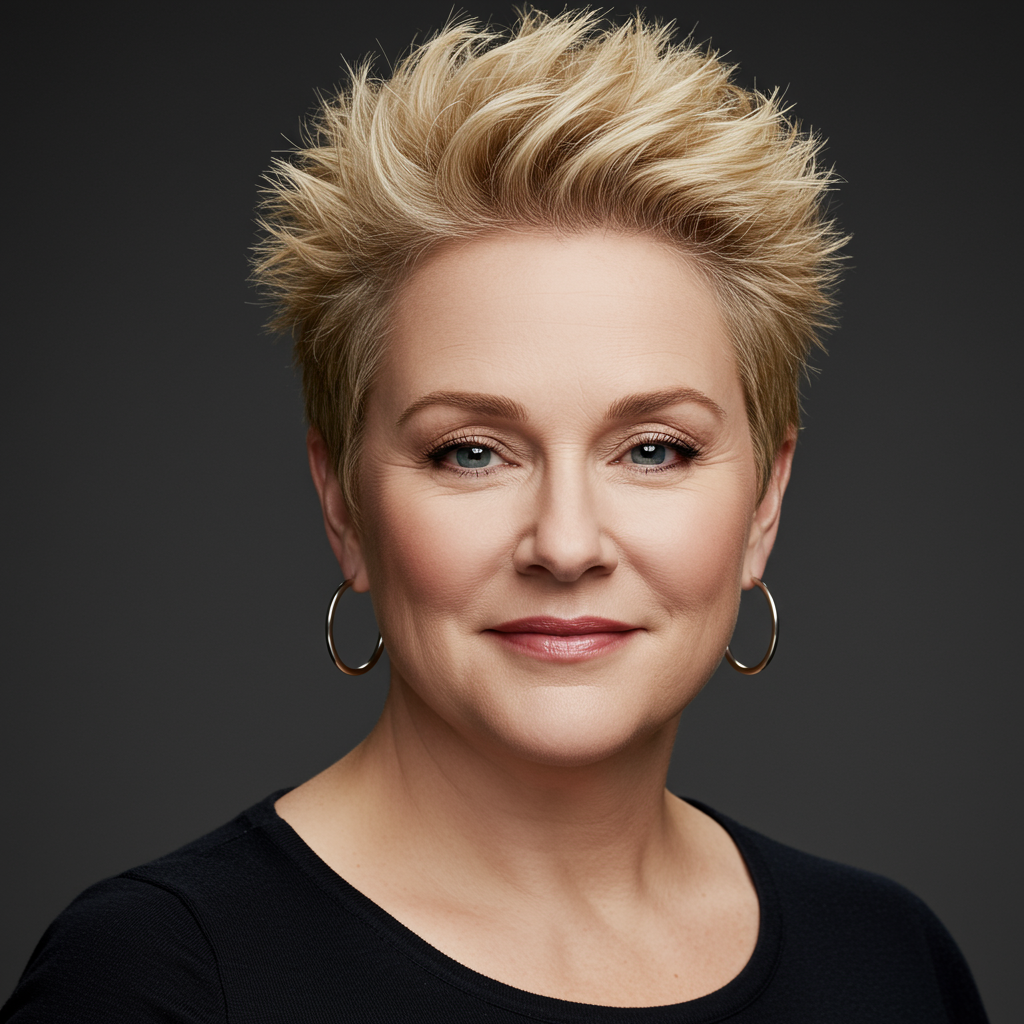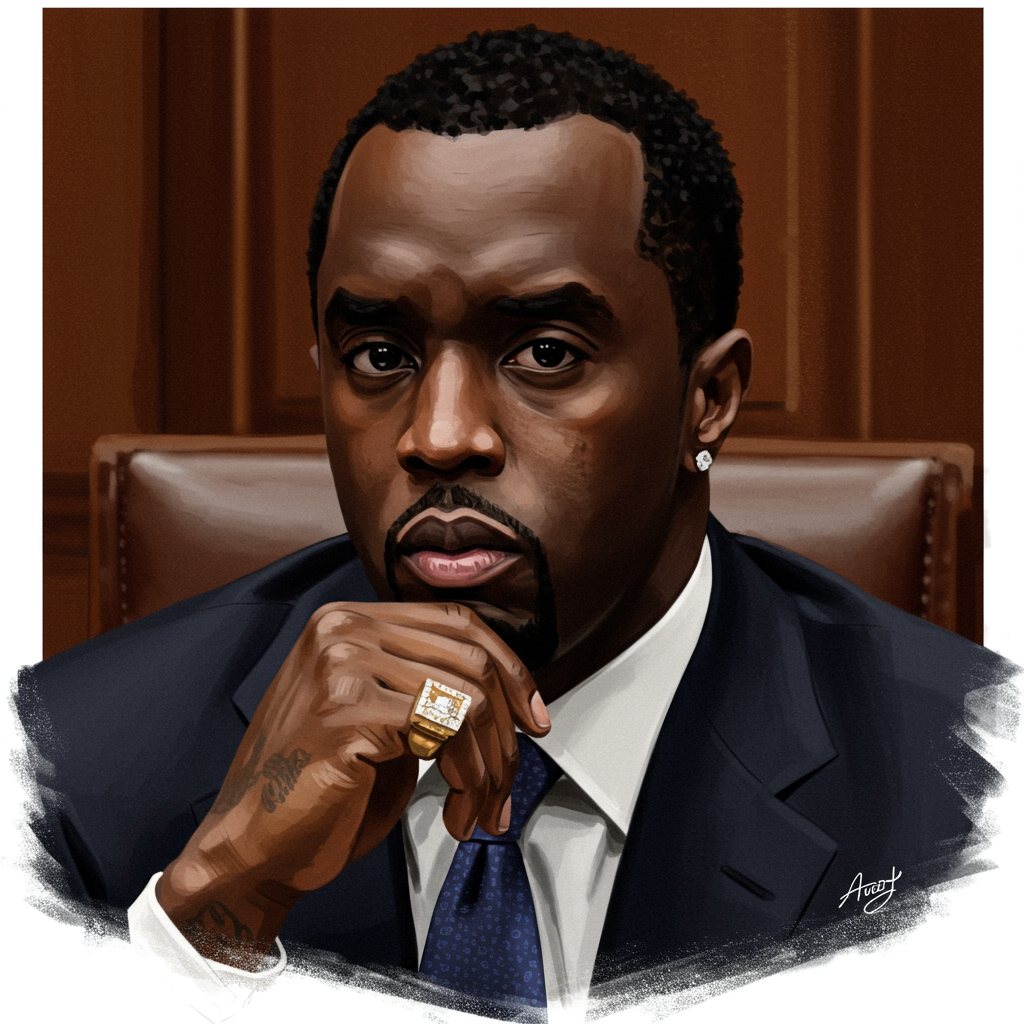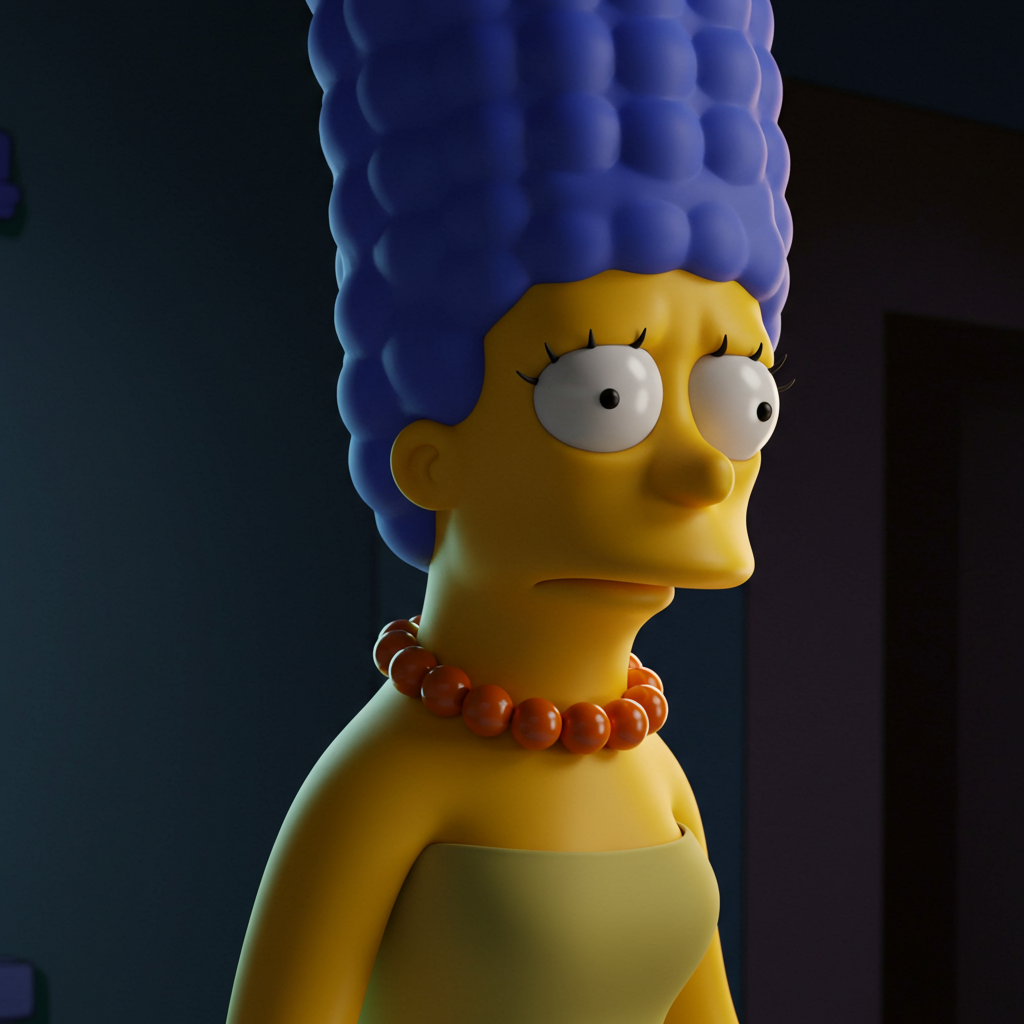Sydney Sweeney is undeniably having a moment. The two-time Emmy-nominated actress and producer is navigating a whirlwind of career milestones. Yet, a recent and unexpected controversy has cast a significant spotlight on her public image. What exactly happened with the “Sydney Has Great Jeans” campaign, and how will it shape the trajectory of one of Hollywood’s most talked-about stars? This deep dive explores the intersection of fame, brand deals, and the modern media landscape.
The “Great Jeans” Firestorm: Unpacking the American Eagle Ad Backlash
On July 23, American Eagle launched its “Sydney Has Great Jeans” campaign, an ambitious partnership featuring print ads, 3D billboards, and digital activations. The core of the controversy stemmed from a campaign clip. In it, Sweeney stated, “Genes are passed down from parents to offspring, often determining traits like hair color, personality and even eye color. My jeans are blue.” This seemingly innocuous pun between “genes” and “jeans” quickly ignited a fierce culture war.
A segment of TikTok users swiftly accused the ad of promoting eugenics or even Nazi propaganda. They pointed to Sweeney’s white, blonde, blue-eyed appearance as problematic context. While many dismissed these theories as baseless, the “dog pile” had begun. The viral outrage soon spread to mainstream media outlets, late-night shows, and even reached the White House. President Donald Trump weighed in, linking the ad to Sweeney’s reported Republican voter registration in Florida. He declared, “Being WOKE is for losers, being Republican is what you want to be.” American Eagle swiftly defended the campaign on August 1. The brand reiterated that the slogan “is and always was about the jeans,” emphasizing the intended pun. Sweeney herself remained notably silent on the matter, choosing to promote her film Americana through social media rather than address the mounting press questions.
The “Blonde Bombshell” Archetype and Public Politicization
The intensity of the public reaction to Sweeney’s ad reveals deeper cultural currents. Experts like Constance Grady from Vox argue that Sweeney’s frequent entanglement in political scrutiny is intrinsically linked to the “potent symbols” embedded in her image. Her blonde hair, blue eyes, and figure evoke the powerful American “blonde bombshell” archetype. This role, historically embodied by figures like Jean Harlow and Marilyn Monroe, carries significant historical and racialized baggage.
The blonde bombshell, often artificially enhanced, classically signifies idealized whiteness. It represents a contradictory figure: hypersexual yet innocent, powerful yet naive. This archetype embodies both an empowering vision of soft feminine power and a more conservative, even regressive, ideal. For some, Sweeney’s evocation of this image offers comforting nostalgia. It harks back to an imagined “peak” of 1950s Americana. For others, it carries an “implied threat,” subtly suggesting what “good genes” look like. This interpretation quickly connected to the initial “eugenics dog whistle” accusation.
Refinery29’s Kathleen Newman-Bremang further contends that Sweeney is not merely an innocent bystander. Instead, she is a willing participant in these “deliberate provocations.” Newman-Bremang highlights Sweeney’s reported Republican registration. She connects it to the “anti-woke mob” embracing Sweeney as a symbol of “Making America Great Again.” This embrace often focuses on her embodying a “thin, white, blonde woman with big boobs.” While Sweeney has publicly denied political motivations, her public actions and comments on “pushing” boundaries with campaigns suggest a strategic approach to virality.
Navigating a Packed Career and Evolving Brand Strategy
Despite the ongoing controversies, Sydney Sweeney’s career is in high gear. She is embarking on her busiest professional period to date. Her schedule is packed with significant film and television projects, solidifying her status as a rising Hollywood star.
Sweeney recently held a meaty role opposite Oscar winner Julianne Moore in the Apple TV+ movie Echo Valley. Her upcoming theatrical releases include Tony Tost’s Americana and Ron Howard’s period thriller Eden. The latter boasts a star-studded cast including Jude Law and Ana de Armas. September will bring a Toronto International Film Festival world premiere for Christy. In this biopic, Sweeney portrays a queer boxer and also serves as a producer. She will also star in Paul Feig’s psychological thriller The Housemaid alongside Amanda Seyfried. Early footage of The Housemaid reportedly “electrified” CinemaCon audiences. Looking ahead, the final season of Euphoria, the HBO series that propelled her to stardom, is slated for early 2026.
This packed schedule goes hand-in-hand with numerous brand partnerships. Sweeney has previously worked with Laneige, Miu Miu, Armani Beauty, Kérastase, Heydude, Dr. Squatch, and Baskin-Robbins. The Guardian points out that these brand deals are a financial necessity for young actors like Sweeney. Declining residuals from streaming services make relying solely on acting income difficult, particularly with significant percentages paid to agents, lawyers, and publicists.
However, the strategy of widespread endorsements carries its own risks. Lucy Robertson, head of brand marketing at Buttermilk, viewed the American Eagle campaign as a “misstep.” She argued it used Sweeney as a “convenient ‘hook'” rather than leveraging her as a true creative partner. Robertson contrasts this with Zendaya’s partnership with On, which involves co-designing products and shaping visual storytelling. This deeper integration fosters “cultural currency,” while Sweeney’s numerous, short-term deals can feel more “transactional than transformative.” A legal source familiar with A-list brand deals also suggests “Sweeney fatigue” could become a concern. Too many product endorsements might dilute an A-list image, leading some stars to pursue international markets for deals.
Expert Insights on Crisis Management and Public Perception
The handling of the American Eagle controversy by both the brand and Sweeney herself offers a modern case study in crisis communication. Nathan Miller, CEO of strategic communications firm Miller Ink, advised Sweeney to largely “do nothing.” He observed that American Eagle “played it reasonably well” by “sticking to their guns” rather than issuing a profuse apology. This reflects a cultural shift where brands are less inclined to immediately back down. Miller suggests that the controversy ultimately benefited Sweeney by creating buzz around her without requiring her direct engagement. He also advised her against feeling compelled to discuss her reported Republican affiliation publicly. A safe response, he noted, is simply, “I don’t discuss my politics, that’s personal. I’m only here to talk about my movie.”
Conversely, Kathleen Newman-Bremang argued the ad was a “deliberate provocation.” She posits that Sweeney and American Eagle “knew exactly what they were doing,” given the rigorous checks in marketing campaigns. This strategy, according to Newman-Bremang, aims to court controversy and engagement for virality. Matt Herbert, Chief Commercial Officer of brand tracking platform Tracksuit, acknowledged that the reaction “doesn’t need to necessarily define AE, but it is about how they react from here on.” He noted that American Eagle was already facing “pretty big challenges” in brand awareness prior to the campaign. Interestingly, another of Sweeney’s brand partners, Dr. Squatch, saw a 3 percentage point boost in brand awareness around this time. This suggests that “more eyes” on Sweeney, even due to controversy, can sometimes translate to increased visibility for her affiliated brands.
Ultimately, it remains too early to definitively assess the long-term impact of this social media swirl on Sweeney’s future partnerships or acting gigs. However, the intense focus on these controversies and brand deals has, for some, regrettably “overshadowed a promising dramatic acting career.” Sweeney has delivered remarkable performances in films like Reality and her role as Cassie in Euphoria. Despite the political noise, she remains “booked and busy,” continuing to line up work. This suggests a resilience that allows her to navigate the complex demands of modern celebrity.
Frequently Asked Questions
What was the main controversy surrounding Sydney Sweeney’s American Eagle campaign?
The primary controversy centered on American Eagle’s “Sydney Has Great Jeans” campaign, launched in July. A specific clip featured Sweeney stating, “Genes are passed down…My jeans are blue,” which some TikTok users interpreted as promoting eugenics or Nazi propaganda. Critics highlighted Sweeney’s blonde, white, blue-eyed appearance as problematic context for the “good genes” pun. The backlash escalated when President Donald Trump publicly supported Sweeney, linking the ad to her reported Republican voter registration.
How does the “blonde bombshell” archetype relate to Sydney Sweeney’s public image?
Sydney Sweeney’s image, characterized by her blonde hair, blue eyes, and figure, strongly evokes the “blonde bombshell” archetype, historically embodied by stars like Marilyn Monroe. Experts suggest this archetype carries historical baggage, signifying idealized whiteness and embodying contradictory qualities (hypersexual yet innocent). This powerful, often politicized symbol contributes to the intense scrutiny and public debate surrounding Sweeney, with some interpreting her image as reinforcing Eurocentric beauty ideals or even more controversial undertones.
What is the expert advice on how Sydney Sweeney should navigate future public scrutiny?
Crisis communication experts, such as Nathan Miller, advise Sydney Sweeney to largely maintain silence on controversies, allowing brands to manage their own statements. He suggests that this strategy can benefit her by generating buzz without requiring her direct engagement. Regarding personal politics, the advice is to avoid discussing them publicly, opting for a statement like, “I don’t discuss my politics, that’s personal.” While some critics argue her engagement with controversy is deliberate, experts also note that “more eyes,” even negative ones, can increase overall visibility in Hollywood.
Conclusion
Sydney Sweeney’s journey through Hollywood is a compelling case study in modern celebrity. She masterfully juggles a demanding acting career with a strategic approach to brand partnerships, all while navigating the unpredictable currents of social media and political polarization. The “Sydney Has Great Jeans” controversy, though intense, has also brought unprecedented attention. As her packed schedule of film and television projects unfolds, the industry watches to see how Sweeney will continue to shape her narrative. Her ability to remain “booked and busy” amidst public scrutiny speaks volumes about her resilience and understanding of the ever-evolving landscape of fame. Ultimately, the conversation around Sydney Sweeney highlights the complex interplay between talent, image, and the relentless demands of the public eye.
References
- www.hollywoodreporter.com
- <a href="https://www.imdb.com/news/ni65429671/?ref=nwcart_perm”>www.imdb.com
- www.vox.com
- www.refinery29.com
- www.theguardian.com




